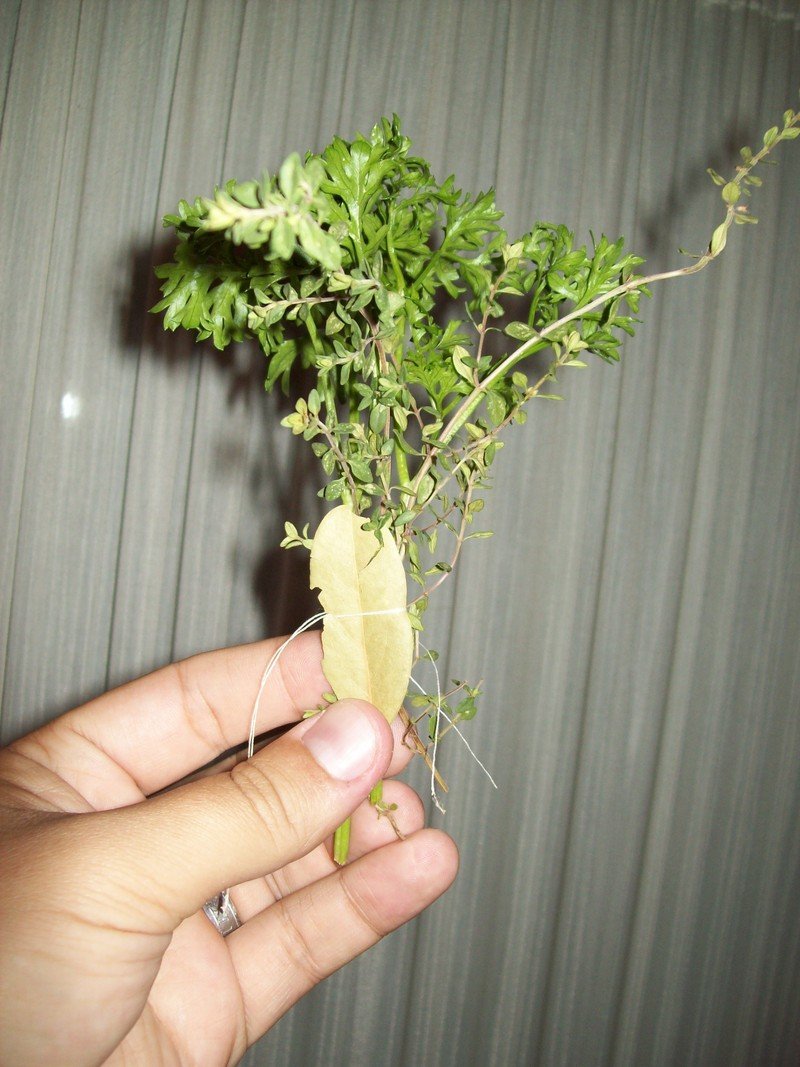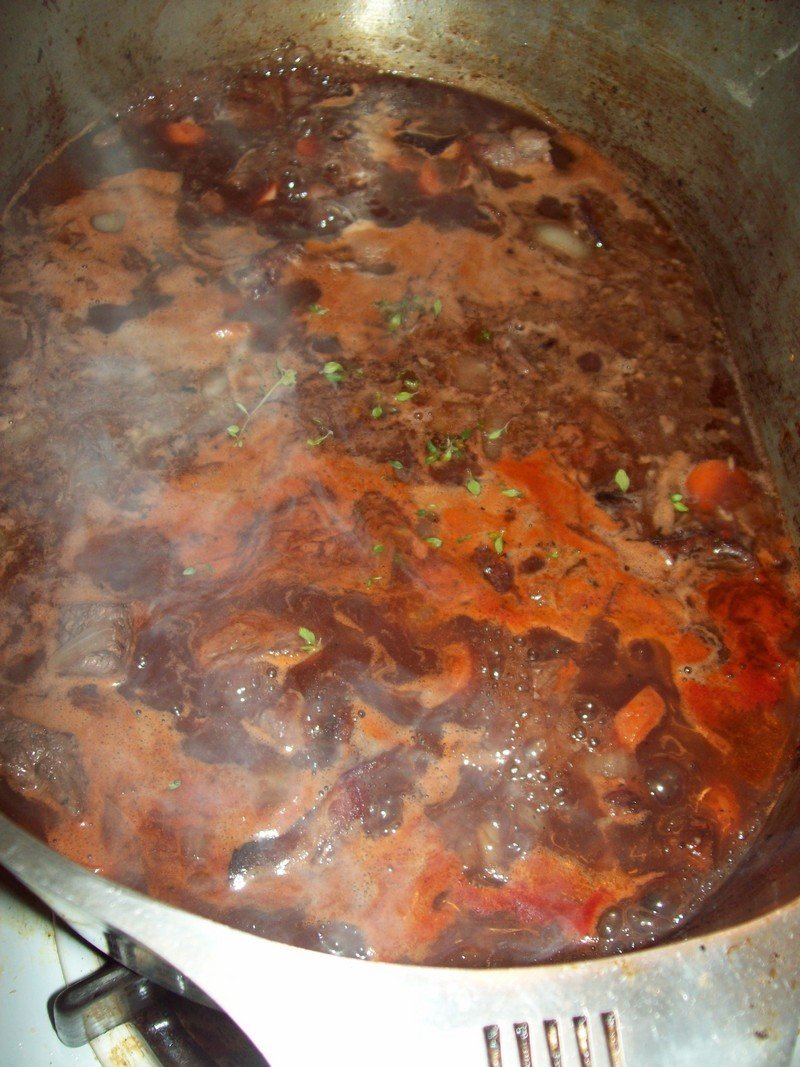





It?s hard to have too much time in a day. But it?s easy to have more thyme than you can use in your garden. The plants spread horizontally, forming an attractive carpet. But sometimes you still wind up having to trim it back, and it would be a shame to waste the clippings. Thyme is such an intensely flavored herb, and it is an essential ingredient in so many traditional spice mixtures.
Use fresh thyme when you make a bouquet garni (a little bundle of herbs tied together with string that you add to stocks, soups and stews), along with bay leaves, parsley and whatever other herbs will accent the soup ingredients. Crumbled dried thyme can be added with peppercorns and other dried herbs to bags fashioned from cheesecloth or - in a pinch - coffee filters.


Dry some of your extra thyme, and mix with dried basil, oregano, parsley, rosemary along with garlic and onion powder to make your own Italian seasoning.
To make poultry seasoning, mix your dried thyme with sage and marjoram.
For something with a bit more spice, mix up your own creole spice (thyme with paprika and cayenne pepper, oregano, onion, salt and black pepper) or jerk seasoning (thyme with cayenne, onion, cinnamon, allspice, salt and pepper).
Store all of these dried mixes in a cool, dark place after sealing in an airtight container.
Thyme goes well with lamb, beef and poultry, so add the fresh leaves to roast meats, as well as soups and stews. In many US plant zones, thyme will be green all winter, so use the leaves to add fresh flavor to those bubbling winter one-pot meals.
Fresh thyme also goes well with fresh tomatoes. Salt and pepper thickly sliced tomatoes and sprinkle on some thyme leaves. If you like, you can top this with slices of fresh mozzarella.
Mix thyme leaves with melted butter and use to top other vegetables, such as green beans or asparagus. It especially highlights the flavor of carrots, while providing a dramatic color contrast.
Thyme leaves can easily be mixed with cream cheese and garlic and spread on a tortilla to flavor a wrap (or top the cream cheese with diced olives and ham, roll up the tortilla and cut into inch-thick pinwheels), or thinned with a little sour cream and served with crackers.
Thyme flowers are edible, and make attractive garnishes. I especially like to add them to salads, where they add another layer of flavor. Another way to get the flavor of thyme into a salad is to add thyme leaves to vinaigrettes. (It is easy to strip the leaves away from the stems of thyme sprigs by running your thumb and forefinger down the stem against the growth of the leaves while holding the end of the sprig firmly with your other hand.)
Citrus thyme varieties taste rather strongly of the fruit they are named for. My lemon thyme tends to grow over the edges of the sidewalk, and when that happens, I whip up a batch of lemon thyme cookies that you would swear contain lemon juice and zest (Just add 3 tablespoons of lemon thyme leaves to your favorite butter or sugar cookie recipe.) If you have an ice cream maker, try adding a few tablespoons of lime thyme next time you make strawberry sorbet.
When using your home-grown thyme in recipes that call for dried herbs, substitute five or six whole sprigs for each teaspoon of dried thyme needed. From Italian pasta dishes (like spaghetti Bolognese) to French stews (such as beef Bourgiugnon) , thyme connects you to old-world flavors, and to the kind of cooking that can take half the day - but leave you with results that are worth it. Use the ideas above as a jumping-off point. After that, I'm sure you can think of other ways to use your thyme wisely.
Copyright © www.100flowers.win Botanic Garden All Rights Reserved